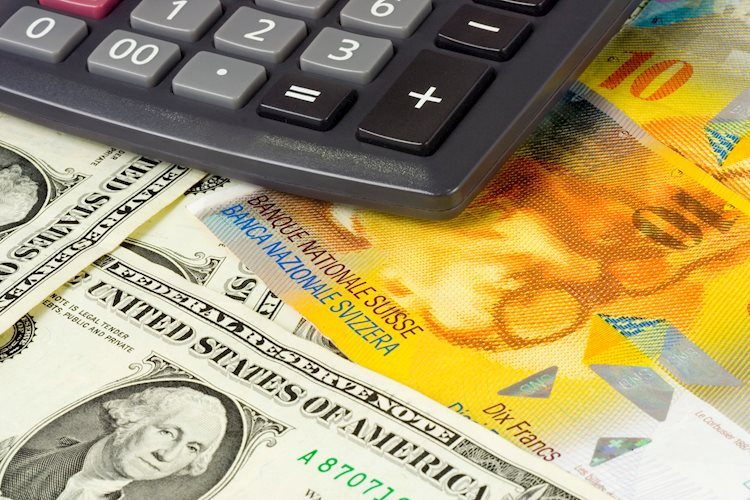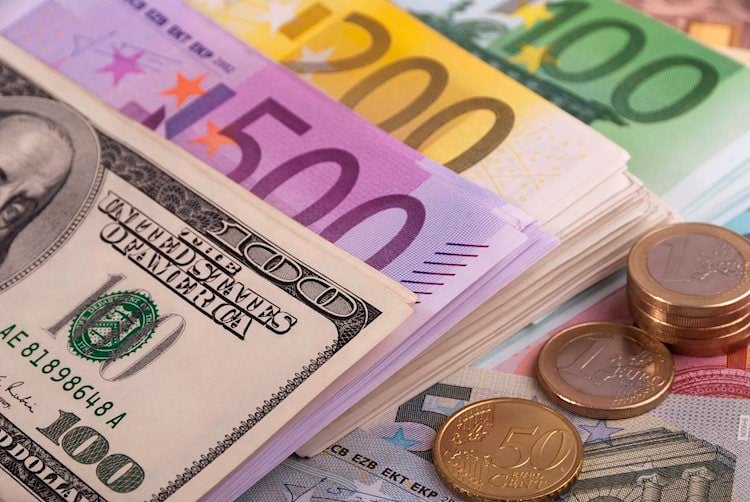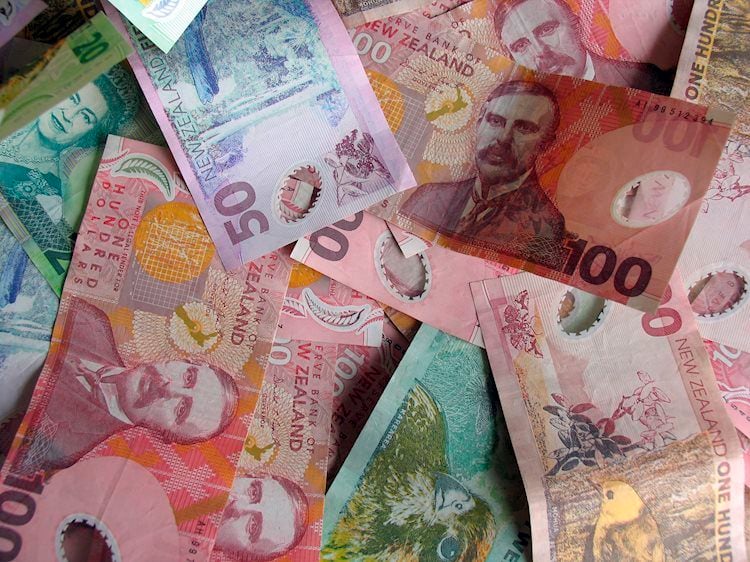The stock market continues to rise steadily.
Major indices continue to set new highs.
China is cracking down on tech firms, and Delta is causing even more lockdowns.
Despite the fact that the unemployment rate was higher than predicted, equity markets continued to probe higher and higher levels after Friday’s jobs report came in strong. The Nasdaq was the standout performer once again, with most major indices closing at record highs. On Friday, the technology index jumped 1.15 percent, bringing the week’s total gain to 2.67 percent. The S&P 500 gained 1.67 percent this week, while the Dow gained just over 1%. The Russell 2000 Index (IWM), on the other hand, was down 1.33 percent for the week. As the large mega tech giants flex their combined powers in June and now into July, the rising gap between the Russell and the index leaders has been a recurring pattern. It remains to be seen how long the rest of the stock market can be left behind. Either the Russell must break out of its long-term range (see below) or it will form a triple top, bringing everything crashing down with it.
The figure below depicts the Nasdaq’s significant relative outperformance in June and the trend’s continuation so far in July. Apple (AAPL) has broken out of the levels we’ve been watching (see here), and the advance continued on Friday with a strong push past $137. This puts the major tech brand in light volume zone, indicating that a push for new highs is in the cards. After lingering in the low $120s, it’s about time.
Alphabet (GOOGL) has also been soaring, breaking through some intermediate resistance near $2,450 on Friday to set new highs.
On Friday, meme stocks lost some of their sparkle, continuing a quieting trend from the previous week. Is this merely a consolidation or a summers lull? Time will tell, but the music will eventually stop, and many stocks will be unable to find a seat.
With the revelation of an inquiry into DiDi, China has certainly put the music on hold for a few stocks over the weekend (DIDI). Softbank and Tencent, as well as UBER, are among the company’s backers, and several IT firms had a rough day in Asian trading on Monday, see more. China certainly wants to keep an eye on its developing enterprises, as evidenced by the fact that Jack Ma and BABA were put under the microscope in late 2020.
Data on equity flow
Equity exchange traded funds (ETFs) received $10.4 billion in the week ending June 30th, according to the latest statistics from Refinitiv/LipperAlpha. This is the most money that has come in in the last seven weeks. Despite the Fed allowing banks to resume buybacks and dividend payments, financial ETFs were the largest losses. The S& (QQQ). The biggest decline was the finance ETF (XLF), which was closely followed by the Mid Cap Value Index (MDYV), possibly adding to our Russell tale.
There isn’t much to report other the fact that the indices continue to rise steadily. For the S&P 500 (ES), the 9-day moving average is working well, and we haven’t seen a red candle in eight sessions. For the S&P 500, the Relative Strength Index (RSI) has crossed into overbought territory. The channel’s top is still a long way off, but it demonstrates the power of the trend. 4,250 is a high-relative-volume support area that corresponds to the 21-day moving average.
The Nasdaq has already reached the upper edge of the trend channel, and the RSI indicates that it is severely overbought. On the volume profile and 9-day moving average, there is some support near 14,510. The 21-day moving average and the bottom of the trend channel are both at 14,300, but nothing is strong until 14,053 and 13,830.
As earnings season approaches, a few lesser-known luminaries report this week, the most significant of which being Levi Strauss (LEVI) on Thursday.
Benzinga Pro is the source of this information./n
Read More




